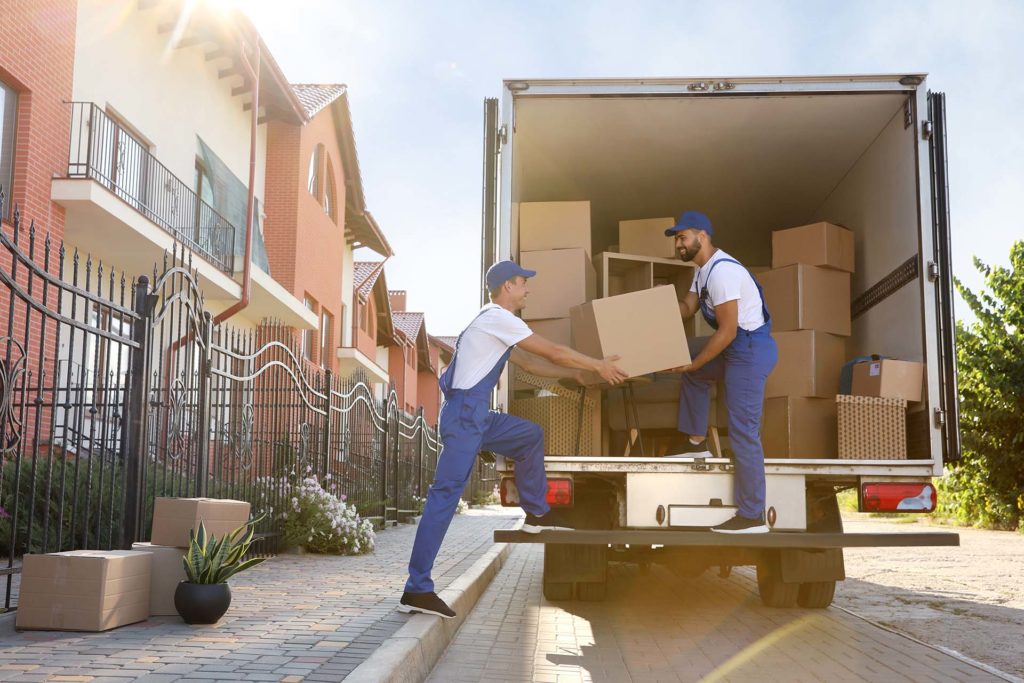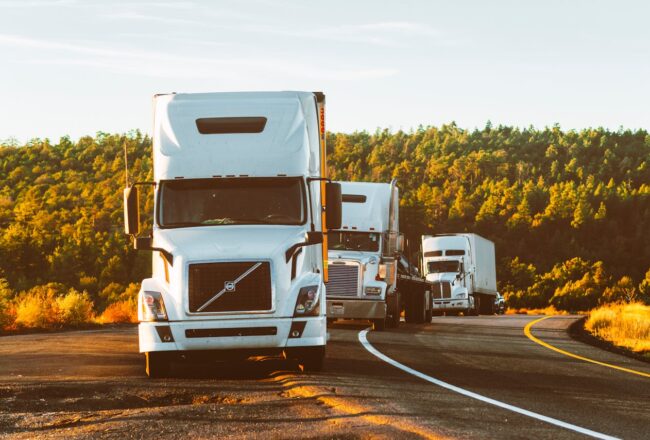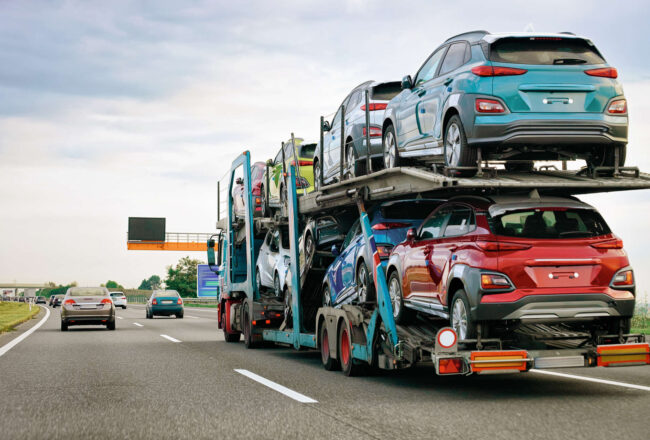Are you planning a relocation but are not sure how to pack a bicycle for moving? Worry not! We will demystify this process, providing you with essential bicycle relocation tips to ensure it reaches you safely and without a scratch. From choosing the right materials and preparing this object to the final steps of packing, we’ve got you covered every step of the way. Let’s get rolling.
How to Pack a Bicycle for Moving Interstate
Interstate moving requires careful preparation, good organization, and the right approach to ensure safe bicycle transport. Start by understanding the bike’s specific needs and gather high-quality supplies accordingly to ensure its safety. Follow a detailed bike moving guide to disassemble, wrap, and secure this item, paying close attention to delicate parts like the pedals, handlebars, and wheels.
Choose a reputable shipping company that specializes in transporting similar items and book their services early. Avoid common boxing mistakes to prevent irreversible damage. By taking these steps, you can ensure that your belongings are well-protected throughout the shipping journey.
These Are the Things You Should Know Before Packing a Bike for Moving
Before wrapping left and right, you should know that not all bicycles are created equal, and neither are their relocation needs. More importantly, understanding these specifics is key to a successful and easy relocation.
They need careful disassembly, adequate protection for each part, and secure bike packaging that will withstand the rigors of long transit. That’s why you should invest time to secure your item properly, and it will reach you in perfect condition.

Explore Different Types of Bicycles and Their Specific Needs
Understanding the unique requirements of your belongings will ensure their safe and efficient relocation. Every bike has a different structure and components, which dictate how they should be stored for relocation. Let’s dive deeper into each category to ensure your precious cargo remains unscattered while in transit:
- Road bikes – their lightweight frames, often made of carbon fiber or aluminum, and thin tires make them particularly susceptible to scratches and impacts. When packing, extra cushioning is needed to protect the frame and the derailleur, a component that’s delicate and prone to misalignment. Detaching the wheels and securing them alongside the frame can prevent damage, especially to the rims and spokes.
- Mountain bikes – their frames are typically more robust than road bikes, but the suspension components like front forks and rear shocks require special attention. Protect these by wrapping them in foam padding to absorb any shocks during transit. The larger tires should be slightly deflated to reduce the risk of popping under pressure changes.
- Hybrid bikes – they can have a range of components from either category, so when packing, assess whether your hybrid leans more toward a road or mountain bike setup. Focus on protecting the frame and any delicate components like derailleurs or disc brakes. Hybrids often have additional accessories like fenders or racks, which should be removed and packed separately to avoid damage.
- BMX – they are characterized by their compact frames, smaller wheels, and single-gear setup. Despite their sturdy build, designed for tricks and jumps, they have specific vulnerabilities, such as handlebars and pegs, which can easily be bent or scratched. When packing a BMX, remove these elements if possible, and use bubble wrap generously to protect the frame and wheels from dents and scratches.
- Touring bikes – they come equipped with heavy-duty frames capable of carrying loads and multiple accessories like panniers, lights, and water bottle cages. Given their complexity and the number of attached accessories, each component should be individually wrapped and protected.
Gather the Necessary Packing Materials
High-quality packing materials play a crucial role in protecting your bike from the bumps and shakes of transit. They will ensure that every component is shielded against potential damage. Investing in proper and different packing materials can make the difference between a seamless transition and unexpected repairs upon arrival. Here’s a list of what you’ll need:
- Bike box – specifically designed for transporting bicycles, offering a secure fit.
- Bubble wrap – for wrapping around the frame, handlebars, pedals, and other delicate parts to protect against impacts.
- Foam padding – used for additional protection around suspension components, frames, and any areas susceptible to scratches or dents.
- Duct tape – strong adhesive tape to secure bubble wrap and seal the box or crate.
- Zip ties or velcro straps – for securing loose components to the frame, preventing them from moving during transit.
- Markers or labels – for labeling parts and the box, ensuring easy identification and handling instructions.
- Foam peanuts or crumpled paper – to fill empty spaces within the box, ensuring components remain immobile.
- Wheel bags – for extra protection of the wheels, especially if they are being packed alongside the frame in the same box.

Step-By-Step Guide on How to Pack a Bicycle for Shipping
Organizing a packing process requires a meticulous approach. Each step will ensure the bike reaches its destination without a scratch. They will also streamline the unpacking and reassembly process upon arrival. Let’s get started.
Step 1 - Prepare the Bike by Cleaning and Drying It Thoroughly
A clean item allows for a thorough inspection, ensuring no damage is hidden by dirt. It also prevents the transfer of grime to boxing-up materials or the shipping container.
Use a gentle cleaner and a soft cloth to clean every part of the object. Pay special attention to the drivetrain and any moving parts. After cleaning, dry the bike completely to avoid rust or corrosion.
Step 2 - Remove Accessories and Store Them Separately
Accessories can easily become lost or cause damage to the bike if left attached when moving from state to state. That’s why you should remove lights, water bottles, and GPS units. Wrap them separately and label each package. This ensures they are safe and makes reattaching them to the bike easier later.
Step 3 - Disassemble Your Bicycle and Streamline the Handling and Boxing-up Process
Disassembling the bike reduces its size, making it easier and safer to pack. It also minimizes the risk of parts bending or breaking. Use a pedal wrench to remove the pedals. Remember that the left pedal has a reverse thread.
Rotate handlebars parallel to the frame or remove them entirely, depending on the space inside the crate. Lastly, remove the front and rear wheels. Use axle protectors if available, and consider removing the rear derailleur or securing it to prevent damage.
Step 4 - Wrap and Protect Each Component Individually
Individual wrapping protects against scratches and dents during transit, especially for delicate parts. Use bubble wrap and foam padding to securely wrap each component, focusing on areas prone to damage, like the frame, derailleur, and wheels. Secure the wrapping with tape, making sure that glue is not placed directly on the bike’s surface.
Step 5 - Label Everything as You Go
Labeling ensures you know exactly what each part is and where it goes, simplifying the reassembly process. As you disassemble and pack each piece, label them using stickers or masking tape and a marker. These steps will ensure that everything is handled with care.
Step 6 - Use Bike Boxes for Moving
If you want to know how to pack a bike box, you are in the right place. This crate provides a secure, tailored space that offers the best protection against shocks and jolts. Choose a box that fits your disassembled bike snugly. If you’re using a container not specifically designed for bikes, reinforce it with additional cardboard for strength.
Step 7 - Secure the Bike With Ample Cushioning and Tape the Crate Securely
Properly protecting bicycles during moving prevents unnecessary movement that leads to damage during transport. Arrange the disassembled parts inside the crate, ensuring there’s cushioning between each component and the box walls.
Use additional bubble wrap or paper to fill empty spaces to prevent scratches. Seal the box with strong tape, reinforcing the bottom and any seams. Mark the box as “Fragile” and indicate which side should face up. Now you’re ready for a successful long-distance moving adventure.
Research and Choose the Right Company and the Best Way to Ship a Bicycle
Selecting the right company and bicycle shipping methods is a critical decision that impacts overall safety. The Federal Motor Carrier Safety Administration (FMCSA) regulates companies involved in the transportation of goods, ensuring they adhere to safety and reliability standards.
When researching companies, verify their FMCSA registration and look for reviews or testimonials from previous customers. These recommendations often suggest opting for a service specializing in bicycles, as they understand the nuances of bike packing and transport. Additionally, inquire about their boxing-up methods, liability, and insurance coverage. This info will help you make an informed decision and hire a company that aligns with your needs.
Book Professional Packing and Moving Services on Time
When planning a move, securing professional assistance early on can significantly streamline the process. State2State Movers offers a comprehensive suite of moving services designed to address the unique needs of our clients. With expert packing solutions, specialized materials, and an experienced team, we’ll ensure everything is prepared for the relocation with the utmost care.
Opting for our help not only saves time but also guarantees that your possessions are handled with precision. The relocation benefits include access to professional-grade supplies and skilled movers who understand the intricacies of boxing up a bike. Our solutions are invaluable for those looking to safeguard their investment without the hassle and risk of DIY bike packing.
Explore Bicycle Moving Insurance and Safety Precautions
The safety of your bicycle during transit is paramount. State2State Movers recognizes this, offering robust insurance options and implementing stringent safety precautions to protect your bike. Our moving insurance gives peace of mind, covering any unexpected incidents or damage.
Beyond insurance, we have adopted the best packing, handling, and transportation practices, utilizing secure loading techniques that minimize movement and potential harm. This dual focus ensures that your possessions receive the highest level of care and protection throughout the whole process.

Common Mistakes to Avoid When Packing a Bicycle
Boxing up a bike for a shipment requires attention to detail. Even minor oversights can lead to damage. Here are some common mistakes you should try avoiding:
- Insufficient padding – skimping on padding can leave your bike vulnerable to impacts. Ensure every part, especially protruding elements like the derailleur and handlebars, is well-protected with bubble wrap or foam padding.
- Leaving loose parts unsecured – loose parts can move around and cause damage during transit. Use zip ties or Velcro straps to secure components to the frame or each other.
- Not removing pedals – pedals sticking out can snag or apply pressure to the box sides. Always remove them and pack them separately, wrapped in bubble wrap or a specialized bag.
- Forgetting to deflate tires – while it might not seem necessary, slightly deflating your tires can prevent them from bursting due to pressure changes or temperature variations during shipping.
- Failing to label parts – not labeling parts can turn reassembly into a guessing game. Label each part as you pack it to streamline the rebuilding process at your destination.
With Our State-to-State Movers by Your Side, Everything Is Easy
Relocating over vast distances can quickly become an overwhelming and taxing endeavor. The complexities of properly boxing everything up, ensuring each item’s safety, and managing logistics can pile up when faced alone. However, with professional assistance, these challenges are significantly mitigated.
State2State Movers stands out as the premier choice for your moving needs, offering unparalleled expertise and services tailored to achieve a stress-free relocation experience. Our team is dedicated to handling everything with precision and care, ensuring that your experience is seamless. Contact us today, and let our team handle the rest.















